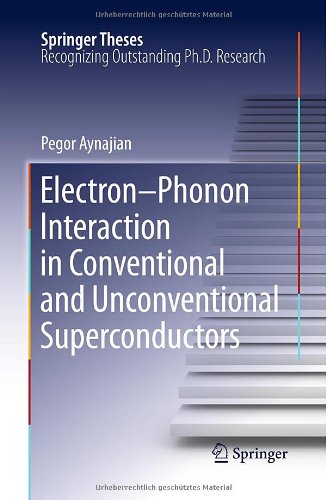

Most ebook files are in PDF format, so you can easily read them using various software such as Foxit Reader or directly on the Google Chrome browser.
Some ebook files are released by publishers in other formats such as .awz, .mobi, .epub, .fb2, etc. You may need to install specific software to read these formats on mobile/PC, such as Calibre.
Please read the tutorial at this link: https://ebookbell.com/faq
We offer FREE conversion to the popular formats you request; however, this may take some time. Therefore, right after payment, please email us, and we will try to provide the service as quickly as possible.
For some exceptional file formats or broken links (if any), please refrain from opening any disputes. Instead, email us first, and we will try to assist within a maximum of 6 hours.
EbookBell Team

5.0
50 reviewsThe problem of conventional, low-temperature superconductivity has been regarded as solved since the seminal work of Bardeen, Cooper, and Schrieffer (BCS) more than 50 years ago. However, the theory does not allow accurate predictions of some of the most fundamental properties of a superconductor, including the superconducting energy gap on the Fermi surface. This thesis describes the development and scientific implementation of a new experimental method that puts this old problem into an entirely new light. The nominee has made major contributions to the development and implementation of a new experimental method that enhances the resolution of spectroscopic experiments on dispersive lattice-vibrational excitations (the "glue" responsible for Cooper pairing of electrons in conventional superconductors) by more than two orders of magnitude. Using this method,he has discovered an unexpected relationship between the superconducting energy gap and the geometry of the Fermi surface in the normal state, both of which leave subtle imprints in the lattice vibrations that could not be resolved by conventional spectroscopic methods. He has confirmed this relationship on two elemental superconductors and on a series of metallic alloys. This indicates that a mechanism qualitatively beyond the standard BCS theory determines the magnitude and anisotropy of the superconducting gap.